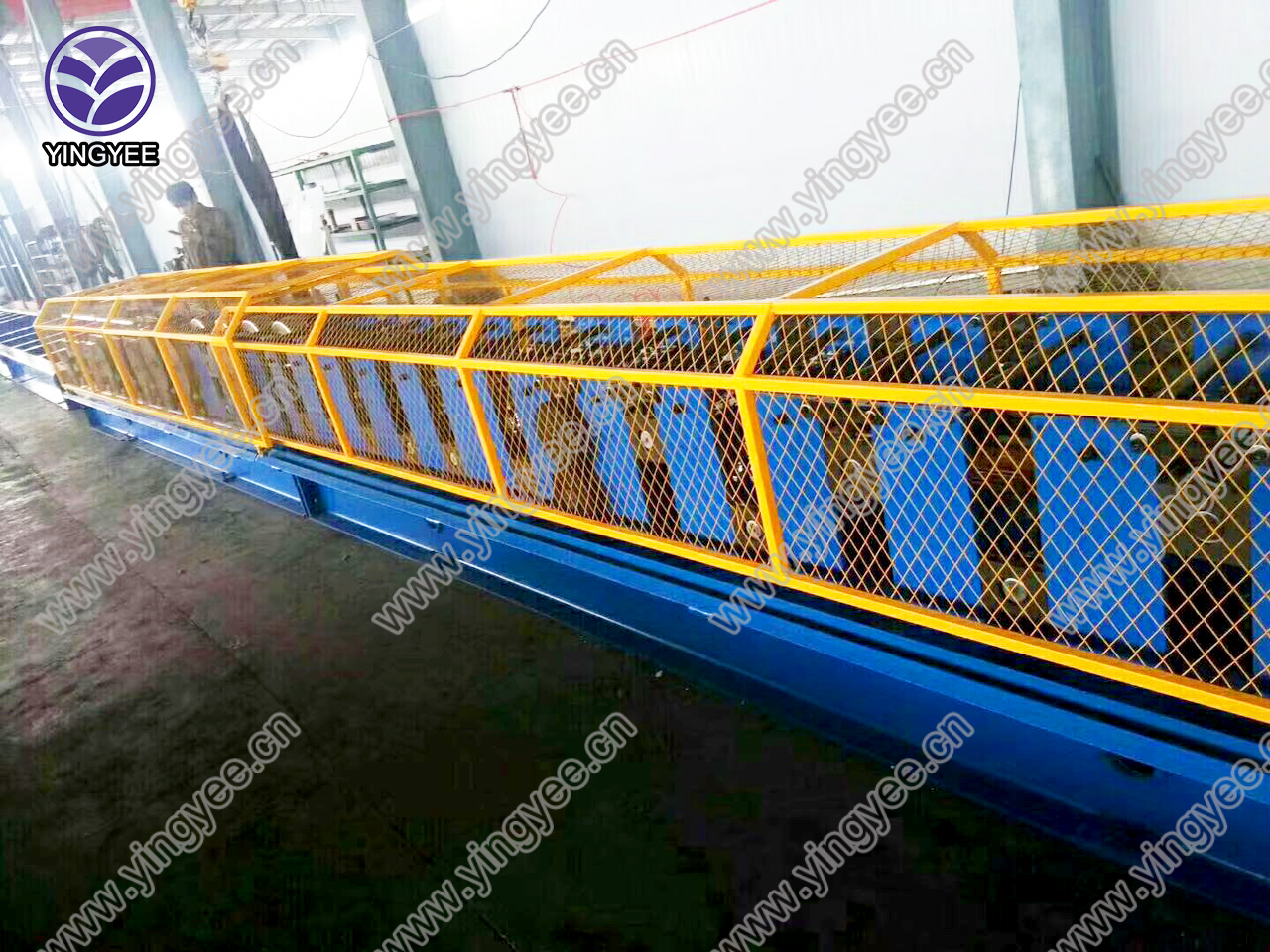
The Evolution and Impact of Stud Making Machines
In the world of manufacturing and mechanization, the stud making machine stands out as a remarkable advancement in precision engineering and productivity. These machines are specifically designed to produce a variety of studs - small, cylindrical fasteners that are indispensable in construction, automotive, aerospace, and a myriad of other industries. The evolution of stud making machines has reflected the broader trends in technology, efficiency, and sustainability in manufacturing processes.
Historical Background
The origins of stud making can be traced back to the industrial revolution when the demand for standardized fasteners surged. Earlier methods relied heavily on manual craftsmanship, leading to inconsistent sizes and shapes. However, with the advent of mechanization, the first stud making machines emerged, paving the way for mass production. These machines used simple mechanical principles to automate the production of studs, significantly increasing output while reducing labor costs.
Types of Stud Making Machines
Today, stud making machines come in various forms, each designed to cater to different production needs
. The most common types include1. Cold Heading Machines These automated systems deform metal wire at room temperature to create studs of various shapes and sizes. They are known for their efficiency and ability to produce large quantities with minimal waste.
2. Thread Rolling Machines These are used to create threads on studs, enhancing their grip and securing capability. They employ a technique that rolls the metal into the desired shape, maintaining strength while improving surface finish.
3. Automatic Feed Machines Designed to work in tandem with other machinery, these machines ensure that metal rods are fed into the producing equipment seamlessly, maintaining a continuous flow of production without interruptions.
4. CNC Stud Making Machines Incorporating computer numerical control technology, CNC machines offer unparalleled precision and flexibility. They can be programmed to produce complex designs, allowing for customization to meet specific client needs.
The Manufacturing Process

The process of stud making involves several stages, all of which are finely tuned for efficiency
1. Material Preparation The journey begins with selecting the right material, typically metal wire made from steel, stainless steel, or brass, depending on the application and required strength.
2. Formation The material is carefully loaded into the machine, which automatically cuts and shapes it through processes such as cold heading, forging, or machining.
3. Threading Once formed, threading can be added through rolling or cutting processes, ensuring that the studs can be securely fastened.
4. Finishing The final step often includes surface treatments like plating, coating, or polishing to enhance durability and resistance to corrosion.
5. Quality Control Each batch undergoes rigorous testing to ensure that it meets the required specifications and standards. This step is crucial as it minimizes defects and ensures the reliability of the studs in practical applications.
Impact on Industries
Stud making machines have revolutionized numerous industries. The construction sector relies heavily on these fasteners for assembling structures, ensuring safety and integrity. In the automotive industry, studs are critical components that hold machinery together, impacting vehicle safety and performance. Similarly, the aerospace sector utilizes high-strength studs that withstand extreme environmental conditions, highlighting the importance of precision and durability.
Moreover, advancements in stud making technology contribute to sustainability goals. Many modern machines are designed to minimize material waste, automate processes to reduce energy consumption, and create products that enhance the longevity of structures and machinery.
Conclusion
In conclusion, stud making machines exemplify how mechanization has transformed the manufacturing landscape. With their evolution from simple machines to sophisticated CNC-operated systems, they have become integral to producing high-quality fasteners that are essential in various industries. As technology continues to advance, the future of stud making holds exciting possibilities, promising even greater efficiency, precision, and sustainability in manufacturing processes. This journey reflects not only the ingenuity of engineering but also the industrious spirit that drives human innovation.